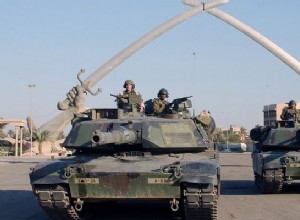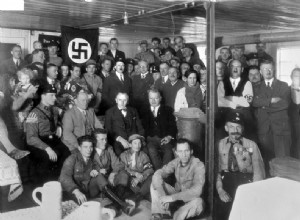To 2003 ο πόλεμος στο Ιράκ ξεκίνησε μετά από μια προσεκτικά ενορχηστρωμένη εκστρατεία παραπληροφόρησης σχετικά με το, υποτιθέμενο, οπλοστάσιο όπλων μαζικής καταστροφής του Σαντάμ Χουσεΐν. Κατά τη διάρκεια δείπνου στο σπίτι του τότε Αμερικανού αντιπροέδρου, 11 μήνες πριν την εισβολή στο Ιράκ, η σ




